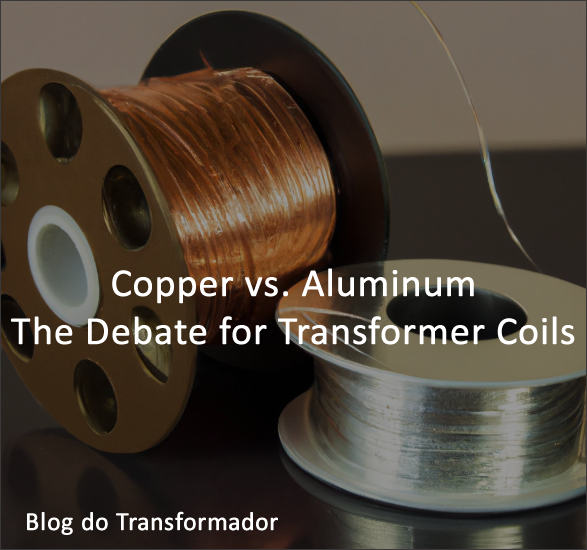Electric transformers are a crucial component in the transmission and distribution of electricity. They are used to step up or step down the voltage of an electrical supply, making it possible to transmit electricity over long distances and adjust it to the appropriate level for various types of electrical equipment. The coils of a transformer play a critical role in its operation, and the choice of material for these coils can have a significant impact on the transformer’s performance and cost. Two of the most commonly used materials for transformer coils are copper and aluminum.
Copper is a popular choice for transformer coils due to its high electrical conductivity. This means that it can transmit electrical current with very little resistance, which is important in order to minimize energy loss in the transformer. Copper is also resistant to corrosion, which is an important consideration when the transformer is exposed to the elements. Additionally, copper is a relatively soft and malleable metal, making it easy to work with during the manufacturing process.
On the other hand, aluminum is less expensive than copper and has a higher conductivity-to-weight ratio. This means that for the same weight, aluminum can conduct more electricity than copper. This makes it an attractive option for large power transformers, where weight is a significant consideration. However, aluminum is less flexible than copper and can be more difficult to work with during the manufacturing process. Additionally, aluminum coils have a greater tendency to expand and contract with changes in temperature, which can cause problems with the transformer’s mechanical stability.
The cost of copper and aluminum also plays a role in the decision-making process. Copper is more expensive than aluminum, but it also has better performance characteristics. This means that the cost difference may be offset by the improved efficiency and longevity of a transformer built with copper coils. On the other hand, aluminum is less expensive, which can make it a more cost-effective option for certain applications, such as in large power transformers where weight is a significant consideration. In conclusion, the choice of material for transformer coils depends on the specific application and the desired balance between cost and performance.
Finally we can conclude that copper is an excellent choice for transformer coils due to its high electrical conductivity, resistance to corrosion and ease of workability. However, aluminum is also an option, particularly in large power transformers where weight is a significant consideration. Both copper and aluminum have their own advantages and disadvantages and the final decision depends on the specific requirements of the transformer.
